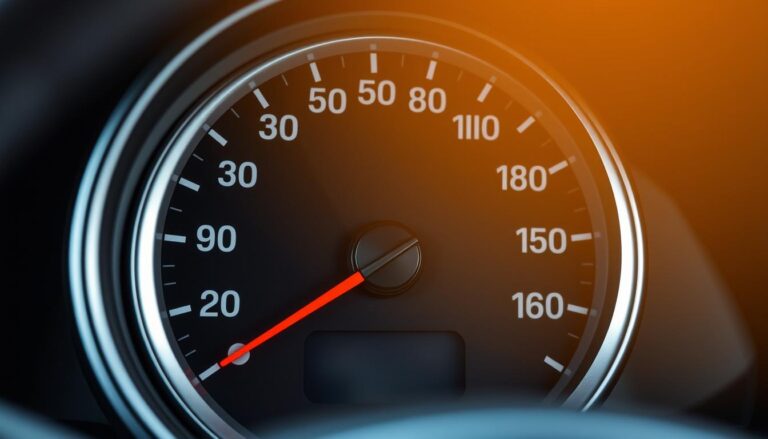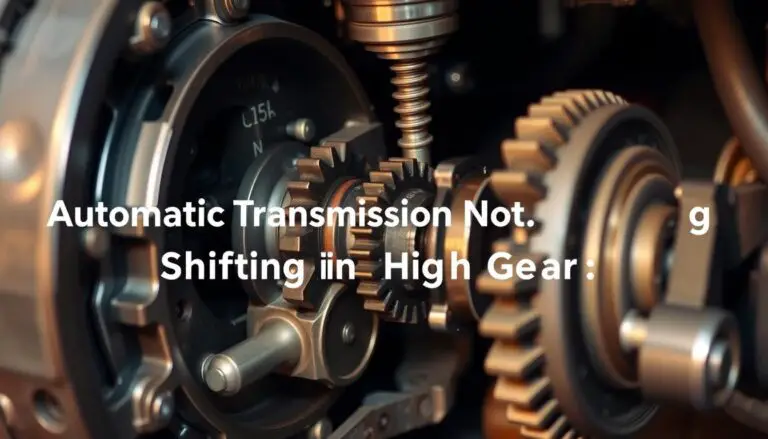For performance vehicle owners and enthusiasts, finding the best 93 octane gas can make a significant difference in engine performance, longevity, and overall driving experience. Premium fuel isn’t just a luxury—for many high-performance and luxury vehicles, it’s a necessity recommended by manufacturers to maintain optimal engine health and performance.
In this comprehensive guide, we’ll explore everything you need to know about 93 octane gasoline: what makes it different from regular fuel, which vehicles truly benefit from it, where to find it nationwide, and whether the premium price is justified for your specific situation.
What Is 93 Octane Gas and How Does It Differ from Regular Fuel?
93 octane premium fuel typically costs more than regular 87 octane gasoline
Octane rating measures a fuel’s ability to resist “knocking” or “pinging” during combustion. These sounds indicate premature fuel ignition in the engine, which can cause damage over time. The higher the octane rating, the more compression the fuel can withstand before igniting.
In the United States, you’ll typically find three octane levels at the pump:
- Regular (87 octane)
- Mid-grade (89-90 octane)
- Premium (91-93 octane)
The 93 octane rating represents the highest commonly available octane level at retail gas stations in many parts of the country. This premium fuel contains additional detergents and additives that help keep engine components clean and functioning optimally.
The octane rating doesn’t indicate energy content or “power” in the fuel—it simply measures the fuel’s resistance to pre-ignition, which is crucial for high-compression engines.
Not Sure What Fuel Your Vehicle Needs?
Check your owner’s manual or manufacturer’s website for the recommended octane rating for your specific vehicle model.
Benefits of Using 93 Octane Gas
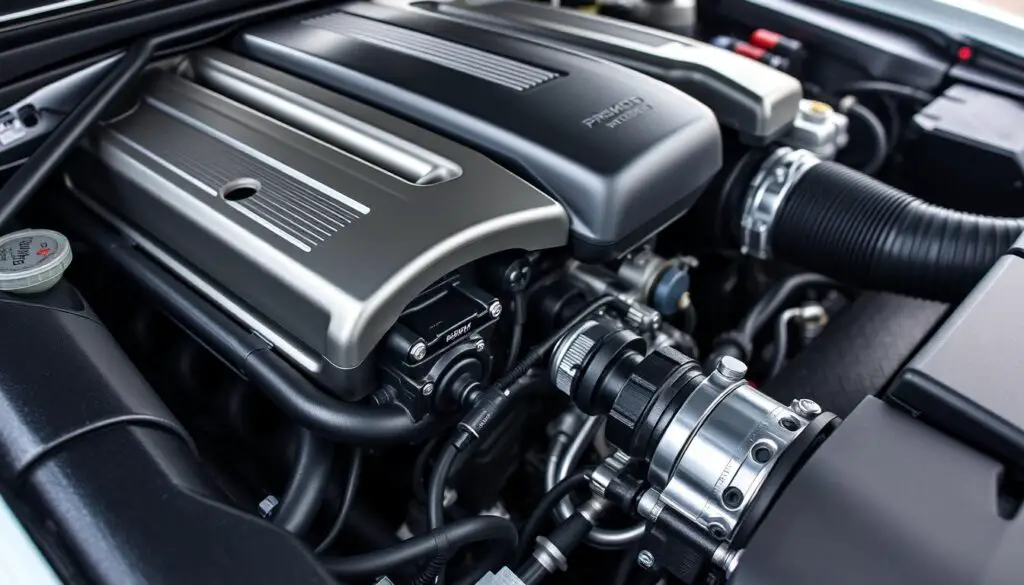
Advantages of Premium 93 Octane
- Prevents engine knocking in high-compression engines
- Optimizes performance in vehicles designed for premium fuel
- Contains enhanced detergent additives for cleaner engine components
- May improve fuel economy in premium-recommended vehicles
- Reduces carbon deposits in fuel system
- Can extend engine life when used in appropriate vehicles
Considerations
- Significantly higher cost per gallon
- No performance benefit in engines designed for regular fuel
- Not universally available in all regions
- Potential waste of money if your vehicle doesn’t require it
- Regional variations in quality and additive packages
Performance Benefits
In vehicles designed for premium fuel, 93 octane gas allows the engine to operate at peak efficiency. Modern engines with higher compression ratios, turbochargers, or superchargers particularly benefit from premium fuel’s resistance to pre-ignition, allowing for optimal timing and power delivery.
Engine Cleanliness
Premium fuels, especially those certified as “Top Tier,” contain higher concentrations of detergent additives that help keep fuel injectors, intake valves, and combustion chambers cleaner. This can prevent carbon buildup that might otherwise reduce performance and efficiency over time.
Fuel Efficiency
While premium gas costs more per gallon, vehicles designed for it may actually achieve better fuel economy when using the correct octane. This is because the engine can operate at optimal efficiency without timing adjustments that might otherwise be necessary with lower-octane fuel.
Did You Know? Using premium fuel in a vehicle designed for regular gas typically provides no benefit and is simply a waste of money. Always follow your manufacturer’s recommendations.
Which Vehicles Actually Require or Benefit from 93 Octane Fuel?
Not all vehicles need premium fuel, and using it unnecessarily is simply throwing money away. Here’s how to determine if your vehicle truly needs 93 octane gas:
Vehicles That Require Premium Fuel
- High-performance sports cars (many Porsche, Ferrari, Lamborghini models)
- Luxury vehicles with high-compression engines (many BMW, Mercedes-Benz, Audi models)
- Vehicles with turbocharged or supercharged engines (many newer performance-oriented models)
- Certain motorcycles designed for high performance
- Specific American performance vehicles (Corvette, Camaro SS, Mustang GT350/GT500, Dodge Challenger/Charger with HEMI engines)
Vehicles That Recommend But Don’t Require Premium
Some vehicles list premium fuel as “recommended” but not required. In these cases, the vehicle can run on regular fuel but may deliver slightly reduced performance or efficiency. The engine management system will adjust timing to prevent knocking, but at the cost of some power and potentially fuel economy.
| Requirement Type | What It Means | What Happens If You Use Lower Octane |
| Required | Vehicle is designed specifically for premium fuel | Potential engine knocking, reduced performance, possible long-term damage |
| Recommended | Vehicle performs best with premium but can adapt to regular | Slightly reduced power and efficiency, no damage |
| Not Specified | Vehicle is designed for regular fuel | No benefit from using premium, waste of money |
Check Your Vehicle’s Requirements
Not sure if your vehicle needs premium fuel? Check your owner’s manual or fuel door for the manufacturer’s recommendation.
Where to Buy the Best 93 Octane Gas: Major Providers Nationwide

When searching for quality 93 octane gas, not all stations are created equal. Here’s a comprehensive list of major providers known for consistently offering premium 93 octane fuel across the United States:

Shell (V-Power)
Shell’s V-Power 93 octane formula contains their proprietary “Dynaflex Technology” designed to remove existing carbon deposits and prevent new ones from forming. Shell is widely available nationwide and consistently rates as one of the top premium fuel providers.
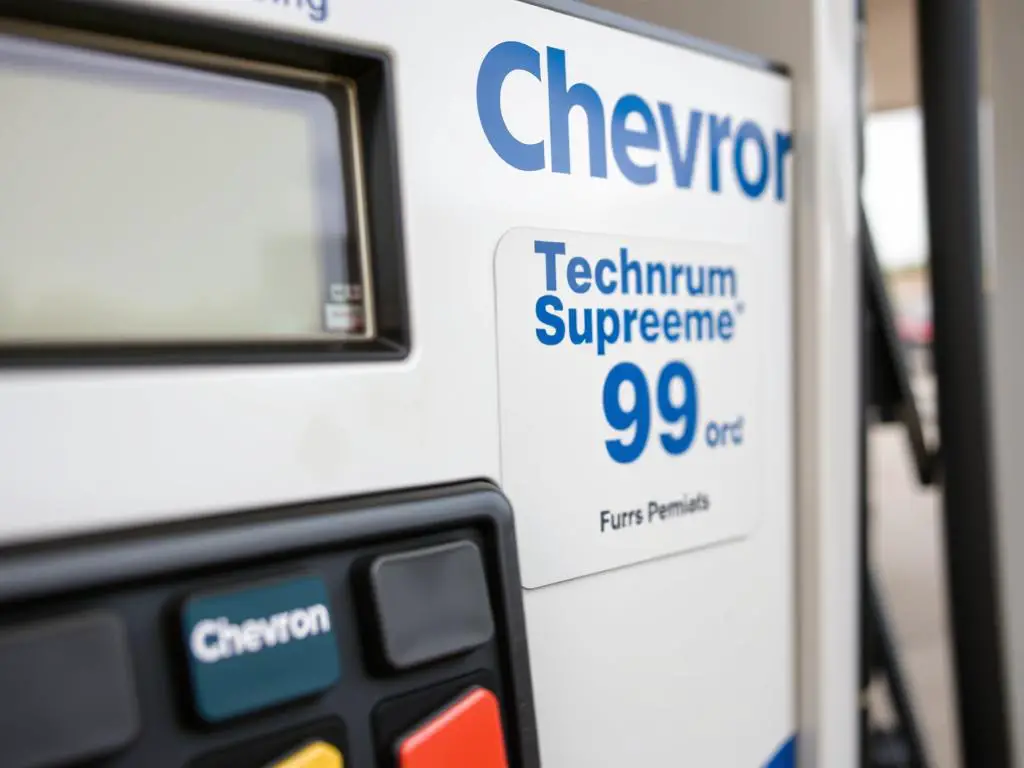
Chevron (Techron Supreme)
Chevron’s premium 93 octane fuel contains their patented Techron additive, known for its exceptional cleaning properties. Chevron claims their additive helps maximize power, improve acceleration, and reduce emissions through better combustion.

Sunoco (Ultra 93)
Sunoco is famous in racing circles and offers Ultra 93, a consistent high-quality premium fuel. Many performance enthusiasts prefer Sunoco due to its reputation in motorsports and consistent quality control standards.
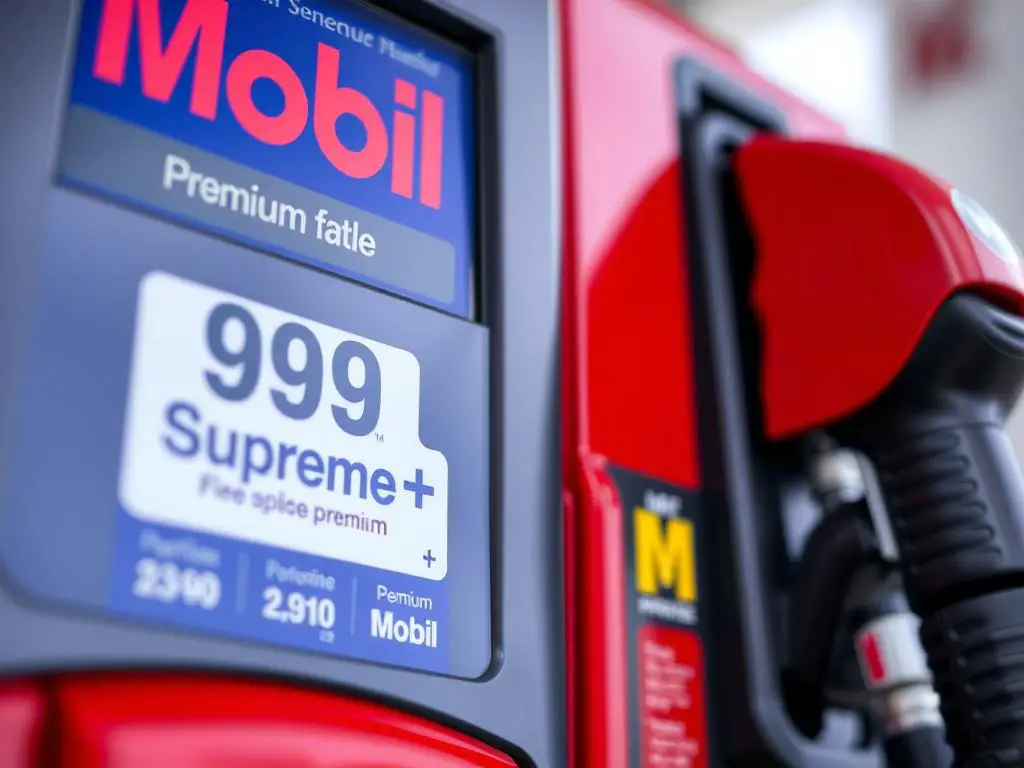
Mobil (Synergy Supreme+)
Mobil’s Synergy Supreme+ premium fuel contains their proprietary additive package designed to clean vital engine parts and improve fuel economy. Mobil stations are widely available across the country.
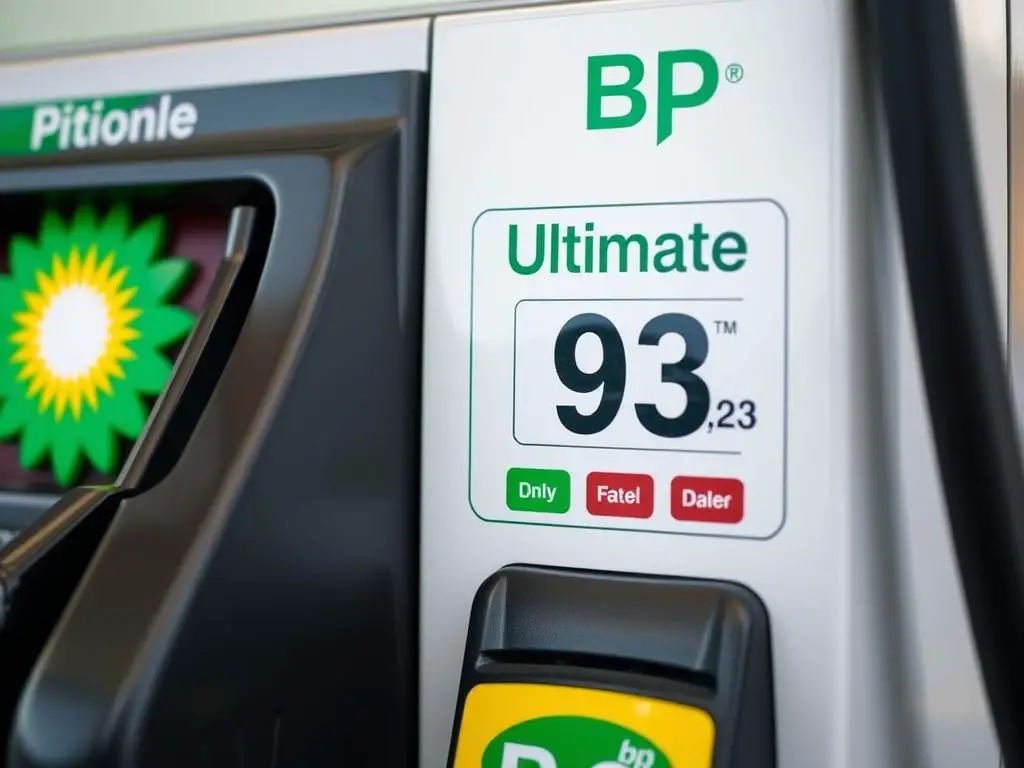
BP (Ultimate)
BP Ultimate premium fuel contains their “Active” technology that helps remove dirt from critical engine parts and prevent its return. BP claims their premium fuel can provide more miles per tank compared to regular fuel in many vehicles.
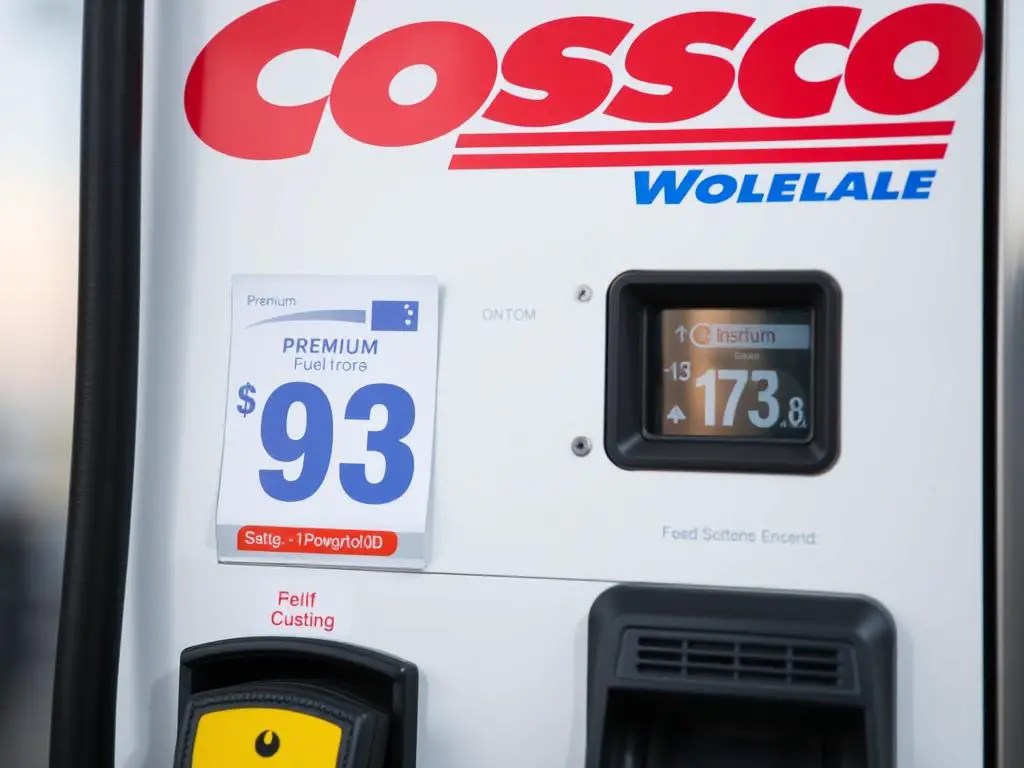
Costco (Premium)
Costco’s premium fuel is typically priced significantly lower than other premium options while maintaining Top Tier certification. Many enthusiasts report excellent performance from Costco premium, making it a value leader.
Other Notable 93 Octane Providers
- RaceTrac – Popular in the Southeast with consistent 93 octane availability
- Wawa – Mid-Atlantic chain known for clean facilities and reliable premium fuel
- Sheetz – Mid-Atlantic convenience store chain with quality premium options
- QuikTrip (QT) – Midwest and Southern chain with Top Tier certified premium fuel
- Buc-ee’s – Texas-based chain famous for massive stations and quality fuel
Top Tier Certification: Look for stations certified as “Top Tier” – this industry standard ensures the fuel contains higher levels of detergent additives than required by the EPA, helping keep engines cleaner.
Find Premium Gas Near You
Use this interactive tool to locate the nearest gas stations offering 93 octane premium fuel in your area.
Regional Availability: Where 93 Octane Is Most Common
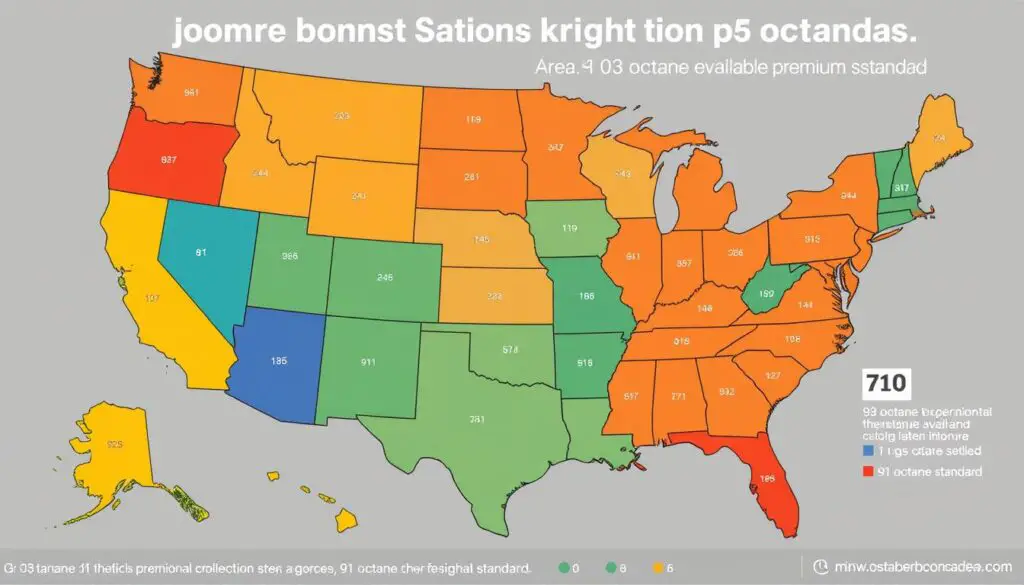
The availability of 93 octane fuel varies significantly by region across the United States. Understanding these regional differences can help you plan accordingly, especially when traveling:
93 Octane Common Regions
- East Coast – From Maine to Florida, 93 octane is the standard premium grade
- Southeast – Georgia, Alabama, Tennessee, the Carolinas all commonly offer 93 octane
- Midwest – Ohio, Michigan, Indiana, Illinois, and surrounding states typically offer 93
- South Central – Texas, Louisiana, and surrounding areas generally have 93 available
91 Octane Regions (93 Less Common)
- West Coast – California, Oregon, Washington typically max out at 91 octane
- Mountain States – Colorado, Utah, Wyoming, Montana usually offer 91 as their premium
- Southwest – Arizona, New Mexico generally offer 91 as their highest grade
- High Altitude Areas – Many mountain regions only offer up to 91 octane
Why the regional difference? The variation is partly due to different fuel standards and regulations between states. Additionally, higher altitudes actually reduce the need for higher octane fuel due to lower air pressure, which is why western mountain states often cap at 91 octane.
Finding Non-Ethanol Premium Fuel
Some enthusiasts prefer ethanol-free premium fuel, especially for classic cars, boats, or small engines. While less common, non-ethanol premium can be found at select stations, often in rural areas or marinas.
Find Ethanol-Free Premium Fuel
Use this specialized tool to locate stations offering ethanol-free premium gasoline in your area.
How to Identify 93 Octane at the Pump

Identifying premium fuel at the pump is generally straightforward, but there are several visual cues to look for:
Common Identifiers for Premium 93 Octane
- Octane Rating Label – Look for “93” clearly marked on the pump
- Color Coding – Often green or black nozzle/button (though this varies by brand)
- Position on Pump – Usually the rightmost or bottom selection button
- Premium Terminology – Words like “Premium,” “Supreme,” or “Ultimate”
- Price Indicator – Highest price per gallon among options
- Brand-Specific Names – “V-Power,” “Supreme+,” “Ultimate,” etc.
- Top Tier Logo – Look for the Top Tier certification emblem
- Additive Marketing – Claims about cleaning power or performance
Important: Always verify the actual octane number (93) rather than relying solely on “Premium” labeling, especially when traveling between regions where premium might mean 91 octane instead of 93.
Brand-Specific Premium Fuel Names
| Gas Station Brand | Premium Fuel Name | Typical Nozzle Color |
| Shell | V-Power Nitro+ | Green |
| Chevron | Supreme with Techron | Black |
| Mobil | Synergy Supreme+ | Black |
| BP | Ultimate | Green |
| Sunoco | Ultra 93 | Green |
Is Premium 93 Octane Worth the Extra Cost?
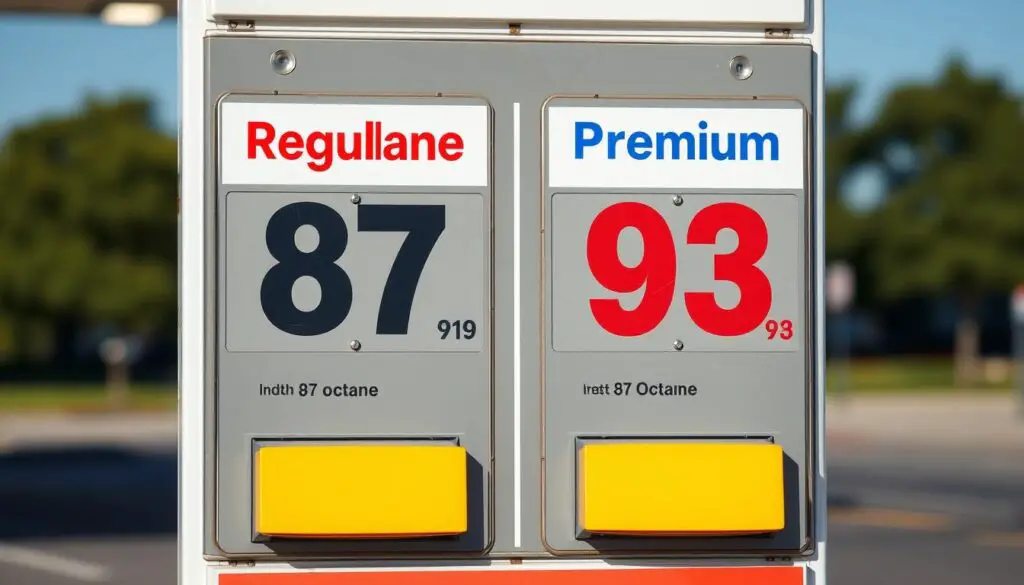
Premium 93 octane fuel typically costs 40-80 cents more per gallon than regular 87 octane gasoline. This price difference raises an important question: Is the premium price justified for your specific situation?
When Premium 93 Octane Is Worth It
- Required by Manufacturer – If your vehicle requires premium fuel, the extra cost is necessary to prevent engine damage and maintain warranty coverage
- Performance Vehicles – High-performance engines designed for premium fuel will deliver noticeably better performance and potentially better fuel economy with 93 octane
- Older Luxury Vehicles – Many older luxury cars with higher compression ratios benefit from premium fuel even if not strictly required
- Turbocharged Engines – Forced induction systems often benefit from premium fuel’s higher knock resistance
When Premium 93 Octane Is NOT Worth It
- Standard Commuter Cars – Most economy and mid-range vehicles are designed for 87 octane and gain nothing from premium fuel
- Most SUVs and Trucks – Unless specifically required, most SUVs and trucks run perfectly fine on regular fuel
- Older Economy Vehicles – Older vehicles with low compression ratios won’t benefit from premium fuel
- “Recommended” But Not Required – If premium is only “recommended,” the performance difference may not justify the cost for everyday driving
Calculate Your Premium Fuel Costs
Use this calculator to determine how much extra you’ll spend annually on premium fuel and whether the benefits justify the cost for your specific vehicle.
Alternatives When 93 Octane Isn’t Available
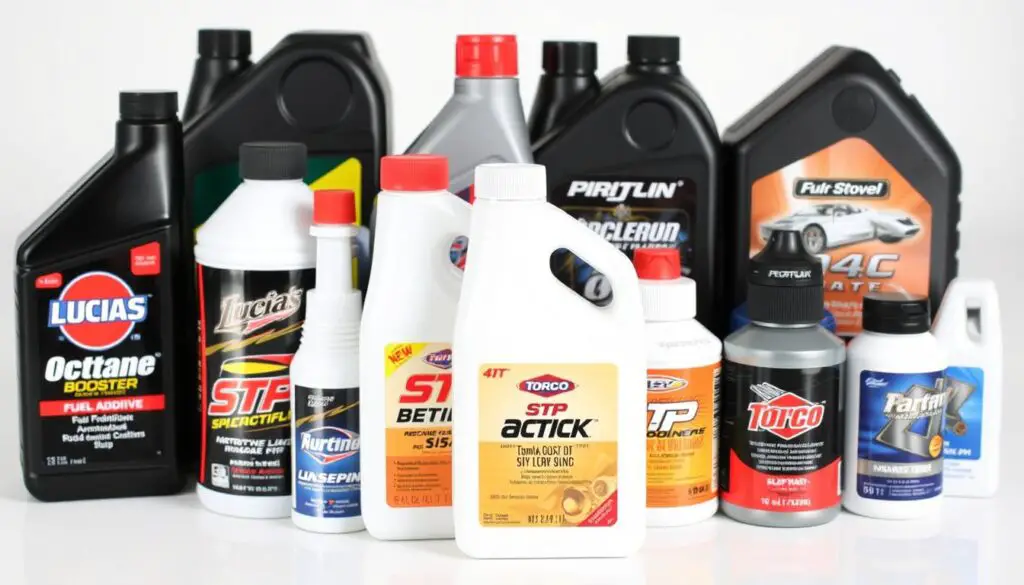
If you’re in a region where 93 octane isn’t available but your vehicle requires or strongly recommends it, you have several options:
91 Octane + Octane Booster
The most common solution is to use the highest available octane (typically 91 in western states) and add an octane booster product. Quality octane boosters can raise the effective octane rating by 1-3 points when used as directed.
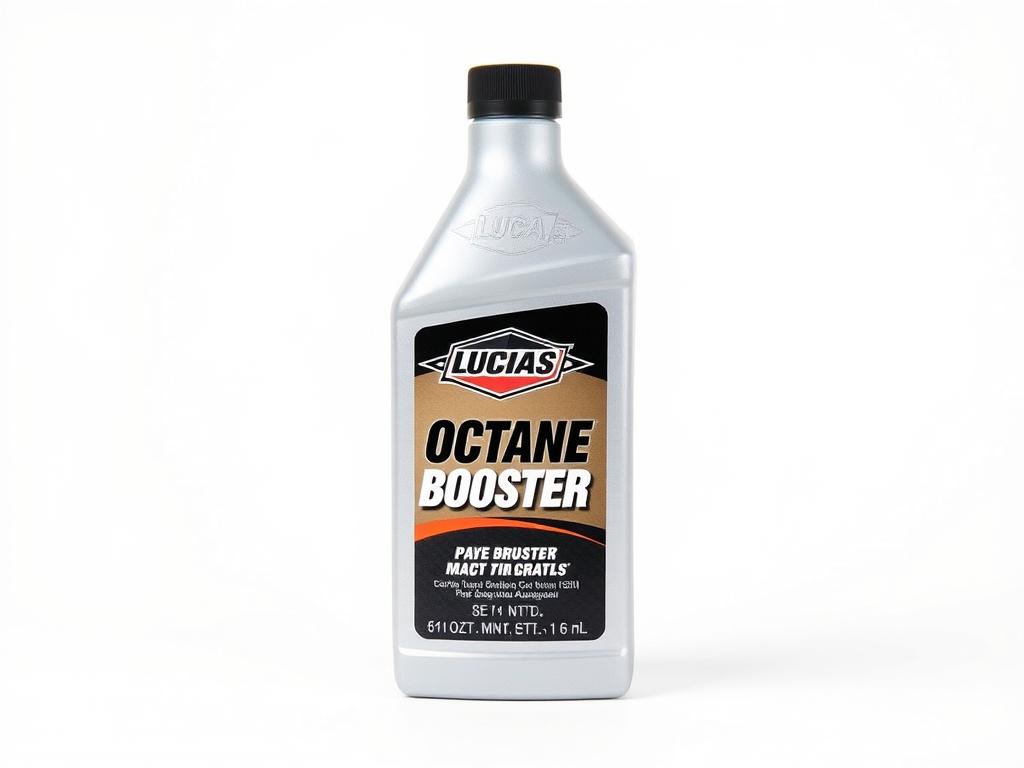
Lucas Oil Octane Booster
One of the most popular and widely available octane boosters, Lucas claims to increase octane rating by up to 2 points when used as directed.

Torco Accelerator
Popular among performance enthusiasts, Torco Accelerator is a concentrated formula that can raise octane by up to 3 points in the proper ratio.
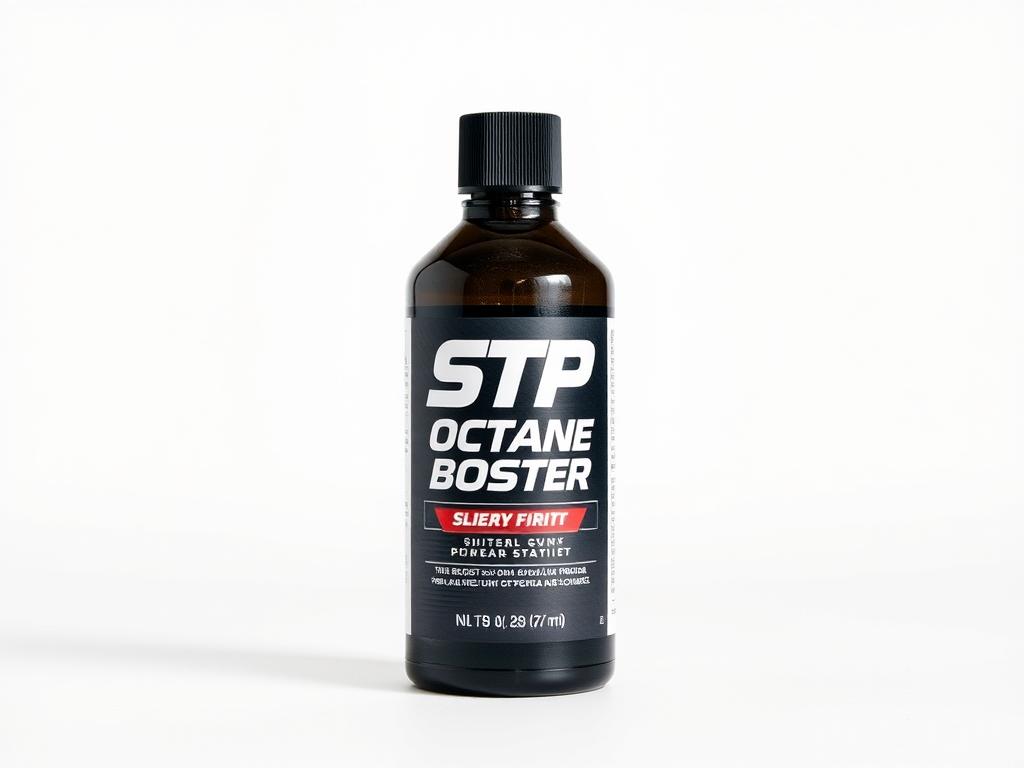
STP Octane Booster
Widely available at auto parts stores and some gas stations, STP’s product provides a modest octane increase and helps clean fuel system components.
Other Alternatives
- ECU Tuning – Some vehicles can be professionally tuned to run optimally on lower octane fuel
- Mix Premium and Racing Fuel – For special occasions, mixing a small amount of racing fuel (100+ octane) with 91 octane can achieve a 93+ octane blend
- Timing Adjustment – Some vehicles allow for manual timing adjustment to accommodate lower octane fuel (consult a professional)
- Drive Conservatively – Avoiding hard acceleration and high-load conditions can reduce the need for higher octane
Caution: Not all octane boosters are created equal. Many convenience store products make exaggerated claims. For best results, stick with reputable brands and follow the mixing instructions precisely.
Frequently Asked Questions About 93 Octane Gas
Will using 93 octane in a car that only requires 87 octane improve performance?
No, using higher octane fuel than your vehicle requires typically provides no benefit. Modern engines designed for 87 octane have engine management systems optimized for that fuel grade. The extra money spent on premium fuel in these vehicles is essentially wasted.
Is all 93 octane gas the same regardless of brand?
No, while the base octane rating is standardized, the additive packages vary significantly between brands. Top Tier certified fuels contain more detergents and cleaning agents than the minimum EPA requirements. Different brands use proprietary additive formulations that can affect long-term engine cleanliness and performance.
What happens if I use lower octane fuel in a vehicle that requires 93 octane?
Using lower octane fuel in a high-compression engine can cause engine knock or pre-ignition. Modern vehicles have knock sensors that will detect this and retard timing to prevent damage, but this results in reduced performance and potentially worse fuel economy. Continued use of too-low octane fuel can potentially cause long-term engine damage in some vehicles.
Does 93 octane gas last longer than regular gas?
The shelf life of gasoline is primarily determined by factors other than octane rating. All modern gasoline, regardless of octane, typically has a shelf life of 3-6 months before oxidation and degradation begin to affect quality. Proper fuel storage is more important than octane rating for longevity.
Is Costco’s 93 octane as good as major brands like Shell or Chevron?
Yes, Costco’s premium fuel is Top Tier certified, meaning it meets or exceeds the same detergent additive standards as other Top Tier brands. Many enthusiasts report excellent results with Costco premium fuel, and it’s typically priced significantly lower than other premium options, making it an excellent value.
Can I mix different octane fuels to create my own blend?
Yes, octane ratings blend linearly by volume. For example, mixing equal parts of 87 octane and 93 octane would result in approximately 90 octane fuel. This can be a useful strategy when traveling through areas where your preferred octane isn’t available.
Conclusion: Finding the Best 93 Octane Gas for Your Vehicle
The “best” 93 octane gas ultimately depends on several factors including regional availability, your vehicle’s specific requirements, and your personal priorities regarding price versus additive packages.
Top Recommendations Based on Our Research:
- Best Overall Quality: Shell V-Power and Chevron with Techron consistently receive high marks for their comprehensive additive packages and cleaning ability
- Best Value: Costco Premium offers Top Tier certified fuel at significantly lower prices than most competitors
- Best for Performance Vehicles: Sunoco Ultra 93 has a strong reputation among performance enthusiasts and racers
- Most Widely Available: Shell, BP, and Mobil offer extensive nationwide coverage, making them reliable choices when traveling
Remember that the most important factor is using the octane rating recommended for your specific vehicle. Using premium fuel in a vehicle designed for regular gas provides no benefit and wastes money, while using regular fuel in a vehicle that requires premium can cause performance issues and potential long-term damage.
For the best results, stick with Top Tier certified fuels from reputable stations with high turnover to ensure you’re getting fresh, quality gasoline. Your engine—and your wallet—will thank you for making the right choice for your specific vehicle.
Find Top Tier Gas Stations Near You
Locate the nearest Top Tier certified gas stations offering premium 93 octane fuel in your area.
